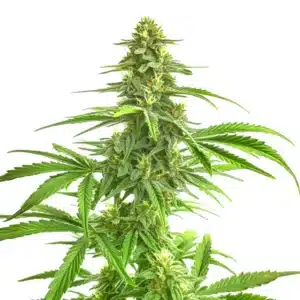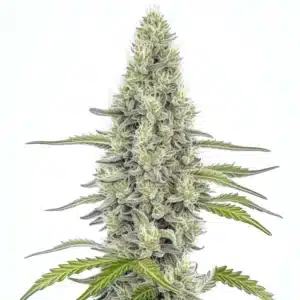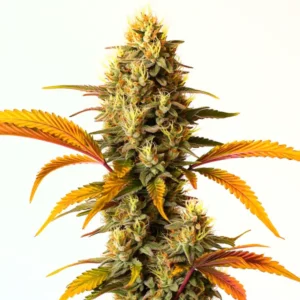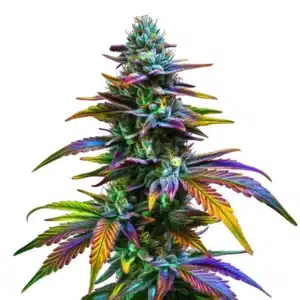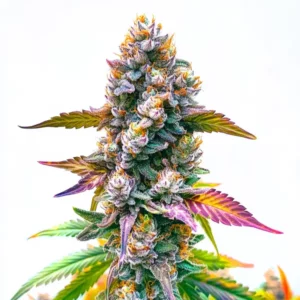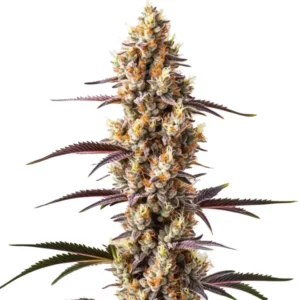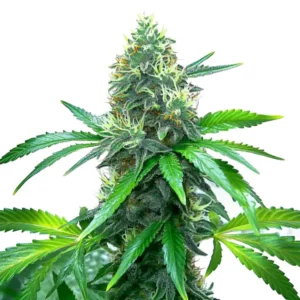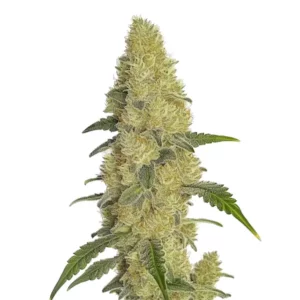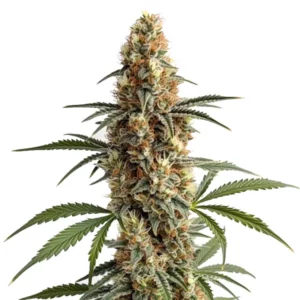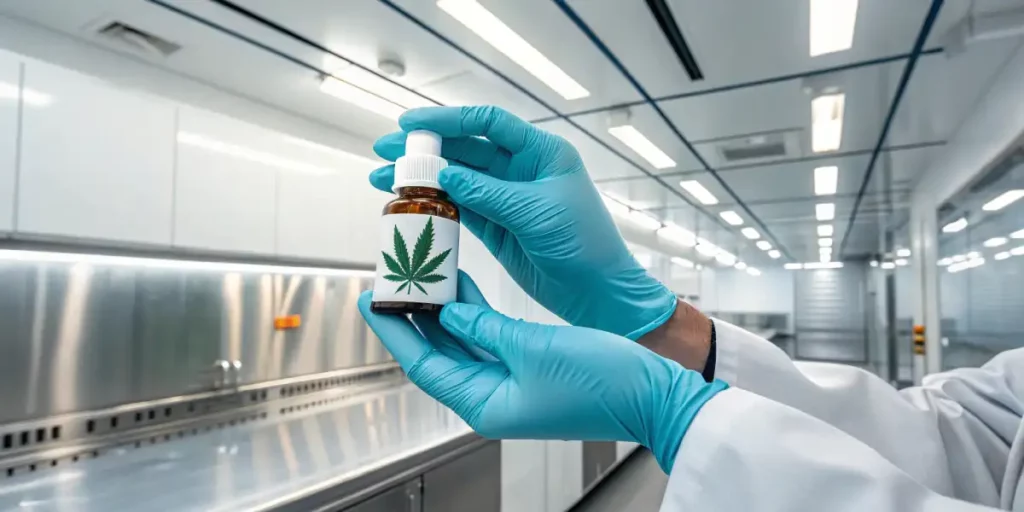
What is THC-O: The New Frontier in Cannabis
As a cannabis enthusiast, you might be wondering, “what is THC-O?” You’re not alone. THC-O, also known as THC-O-acetate, is a rising star in the world of cannabis. It’s a synthesized compound derived from THC, the most popular element in cannabis, but it packs a much stronger punch, with some sources claiming it is up to three times as potent.
This increased potency gives it unique characteristics that are attracting both recreational users and medical patients. While the effects are similar to THC, they are significantly amplified, potentially providing a more intense experience.
Recommended Strains
Difference Between THC and THC-O
You might be asking, “what’s the difference between THC and THC-O?” Both are cannabinoids with psychoactive effects, but the notable difference is in the intensity. THC-O is significantly stronger than its predecessor.
It’s also worth noting that THC is naturally occurring, while THC-O is not. It’s produced through a chemical process called acetylation, which effectively supercharges the THC molecule. This process requires specialized knowledge and equipment, so it’s usually done in a lab setting by professionals. Because it is not naturally occurring and is more difficult to produce, THC-O is not as widely available as THC.
Promos & Deals
Benefits
THC-O is rapidly gaining recognition for its potential therapeutic properties. It’s been reported to have several beneficial effects, including pain relief, mood enhancement, and even helping with sleep disorders. Because of its increased potency, it could potentially offer more effective relief for those dealing with chronic conditions compared to regular THC.
For example, if you were to process a strain like OG Kush to produce THC-O, the resulting product could potentially offer enhanced pain relief, making it a powerful tool for those dealing with chronic pain.
However, because of its increased potency, THC-O also comes with increased risks, such as heightened anxiety or paranoia. As with any potent cannabinoid, it’s important to start with a low dose and gradually increase until you find what works best for you. This is especially critical when consuming THC-O in the form of edibles. Edibles are known to have a more potent and prolonged effect than inhaled products, and with a compound as strong as THC-O, it is absolutely essential to measure your dose precisely to avoid an overwhelmingly intense experience.
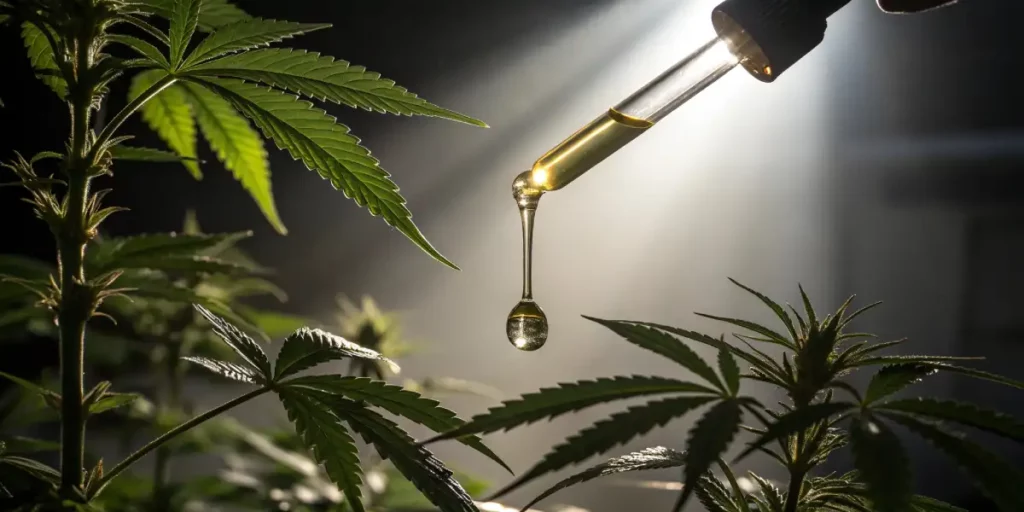
How is THC-O Produced in Cannabis
The process of producing THC-O begins with regular THC, which is extracted from the cannabis plant. This THC is then chemically altered through acetylation, which involves adding an acetyl group to the THC molecule. This changes the structure of the THC, transforming it into the more potent THC-O. It’s a delicate process that requires a deep understanding of chemistry and careful precision.
Legal Status in the US
What’s the legal status of THC-O in the US? It’s a tricky question. While THC is legal in many states, THC-O is a bit of a grey area. Because it’s a synthesized compound, it’s not covered under the same laws that apply to naturally occurring cannabinoids. Laws vary by state, and in some places, THC-O may be considered illegal. Because of this uncertainty, it’s always a good idea to check the specific laws in your state before using or producing THC-O.
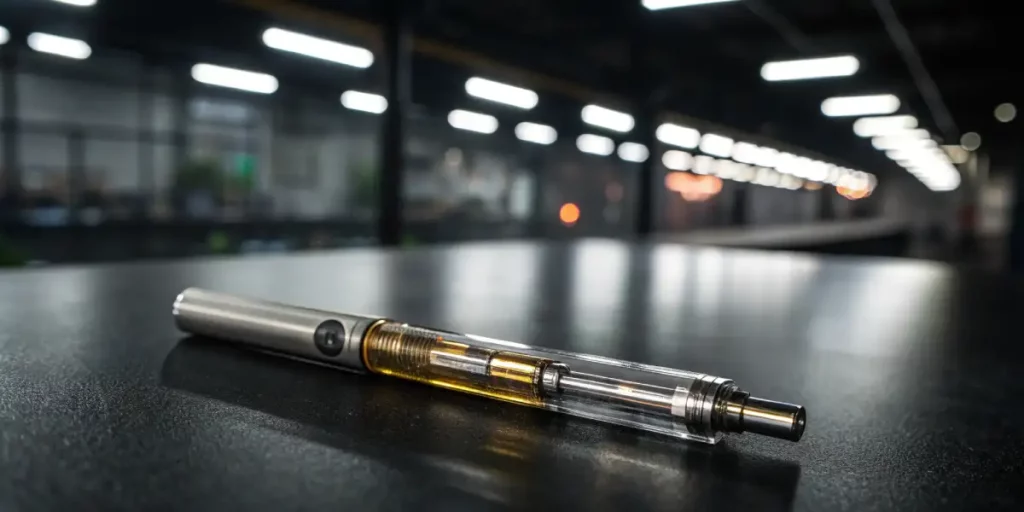
FAQs
What is THC-O and its effects?
THC-O is a synthesized, highly potent version of THC. Its effects are similar to THC (euphoria, altered perception, mood enhancement) but significantly more intense. Some users report a sense of spiritual introspection, while others may feel intense relaxation. These effects can be overwhelming for some and come with increased risks of paranoia and anxiety.
How does THC-O differ from THC?
The primary differences are origin and potency. THC occurs naturally in cannabis, while THC-O is synthesized in a lab. THC-O is significantly more potent than THC, leading to a much more intense and longer-lasting experience.
What are the benefits in medical marijuana?
Due to its high potency, THC-O may offer more effective relief for a variety of conditions compared to regular THC, including chronic pain, mood disorders, and sleep disorders. However, more research is needed to fully understand its potential benefits and risks.


